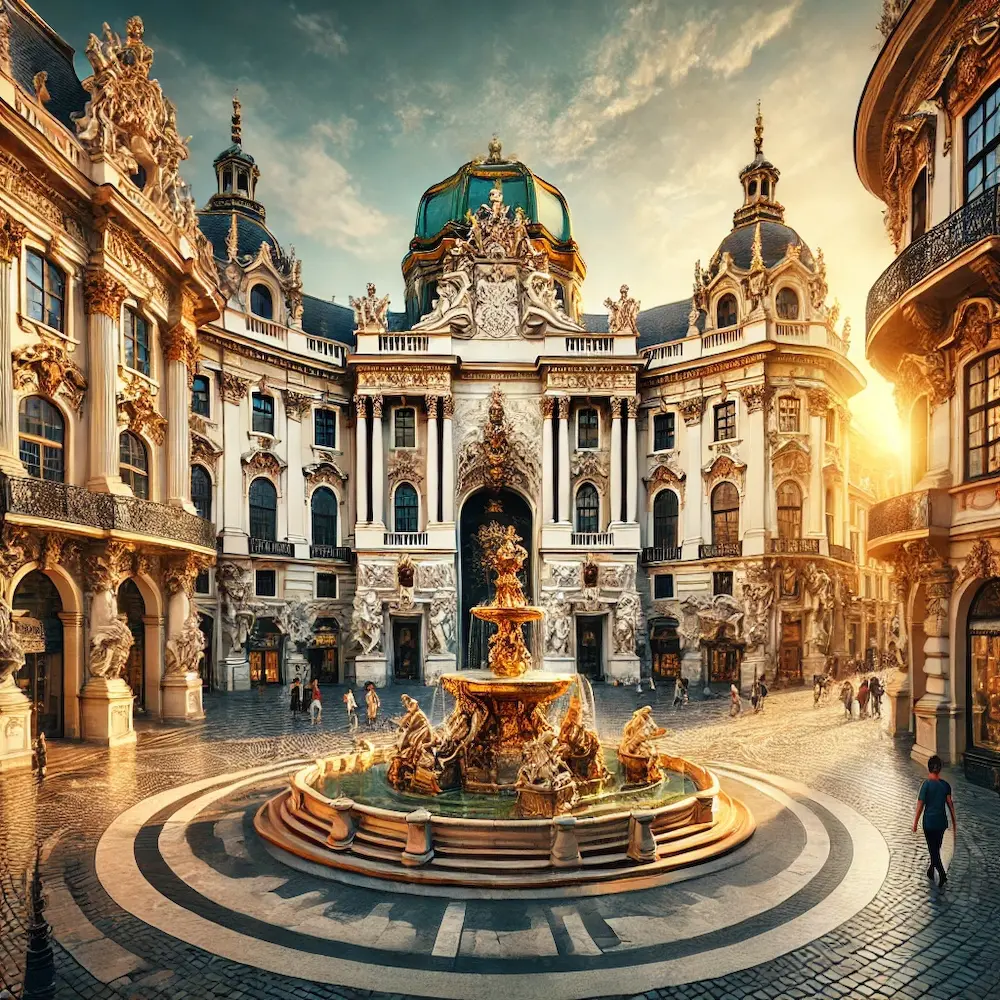Baroque squares, integral to 17th and 18th-century European urban design, epitomize the grandeur and theatricality of Baroque architecture. These public spaces were meticulously crafted to reflect the power and prestige of their patrons, often monarchs or the Catholic Church, and served as focal points for social, political, and religious activities.
History and Origins of Baroque Squares
The Baroque period emerged in late 16th-century Italy, characterized by dramatic expressions of art and architecture aimed at evoking emotional responses. Urban planning during this era emphasized grandeur and order, leading to the creation of expansive squares that showcased monumental buildings and sculptures. These squares were designed not only as communal spaces but also as stages for public ceremonies and displays of authority.
Key Features of Baroque Squares
- Symmetry and Geometry: Baroque squares often feature symmetrical layouts with geometric precision, such as ellipses or trapezoids, creating a sense of harmony and balance.
- Monumental Structures: Surrounding buildings typically exhibit Baroque architectural elements, including grand facades, ornate decorations, and dynamic forms.
- Central Monuments: Many squares are adorned with central features like fountains, obelisks, or statues, often commemorating significant figures or events.
- Theatrical Design: The spatial arrangement is intended to guide the viewer’s experience, with dramatic vistas and focal points that evoke awe.
Applications of Baroque Squares
Baroque squares served multiple functions:
- Public Gatherings: They were venues for markets, festivals, and civic events, facilitating community interaction.
- Religious Ceremonies: Proximity to churches made them ideal for processions and religious gatherings.
- Political Displays: Rulers used these spaces to project power through statues and grand architectural statements.
Considerations When Visiting Baroque Squares
- Cultural Significance: Recognize the historical and cultural contexts that shaped these spaces, enhancing appreciation of their design and purpose.
- Preservation Efforts: Many Baroque squares are protected heritage sites; respect guidelines to aid in their preservation.
Conclusion
Baroque squares are enduring testaments to an era that valued dramatic expression and grandiosity in urban design. Their intricate layouts and monumental structures continue to captivate visitors, offering insights into the artistic and cultural priorities of the Baroque period.
